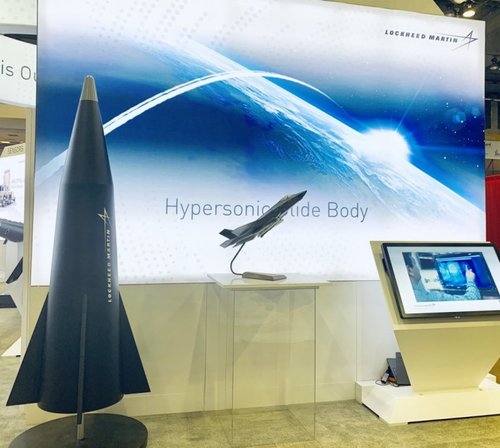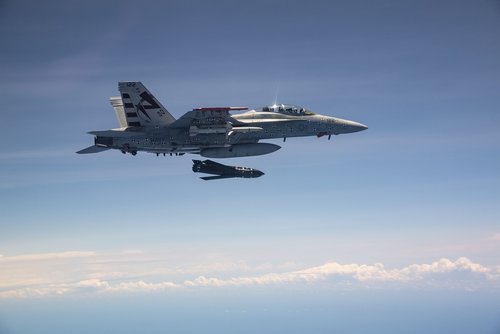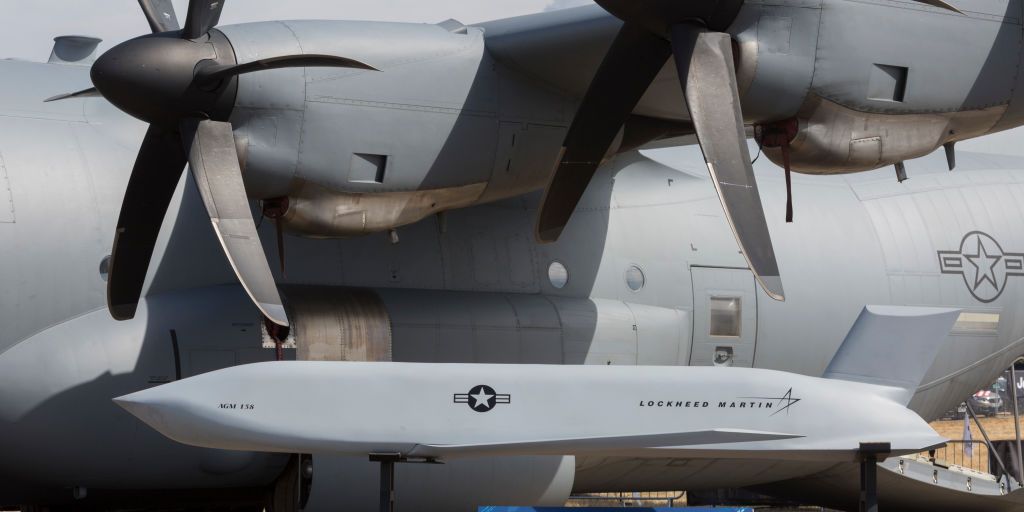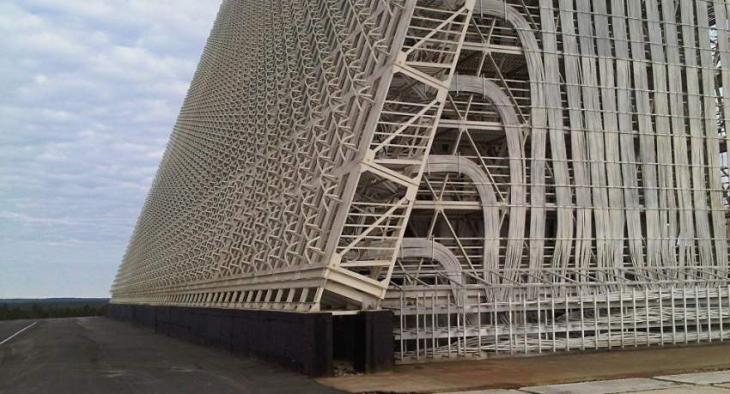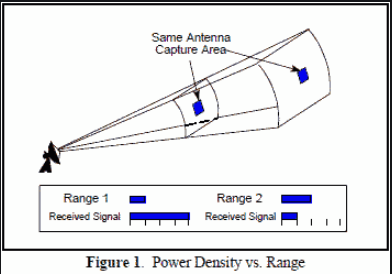How are you gonna outrange MiG-31 with LRASM? Why are you gonna always hit ground installations first? Why are you gonna be alone using AWACS? How are you gonna jam all RF and destroy all vis/IR satellites?
This is going into pointless exceptionalism. "R
This is gonna outrange, those are gonna jam, that can be intercepted" while pretending that none of possible benefits are not falling on enemy side.
Aircraft carriers ARE vulnerable. And they WILL be destroyed in any real near peer conflict if will be in the general area of said conflict. Other question is: will it matter in such conflict?
If simple outranging is solving all the problems - russian planes are invincible because of R-37? Russian tanks are invincible because of 9M119?
I don't think Mig-31K + Kinzhal can be out range by LRASM but it could be out range by F-35 or F-18E/F + HCSW. B-52 or B-1 + ARRW is a good alternative to attack OTHR.
OTHRs will be hit first because they are big, FIXED targets. They can't change location, you know exactly where they are, all the time. Big stationary targets are more vulnerable to long range attack because: you don't need to find them and you can use an internal navigation system against them and INS can't be jammed.
In the middle of the ocean, aircraft carrier has AEW&C so they can see further and therefore attack further than other kinds of surface ship, some destroyer can carry mini helicopter AEW&C but they don't have the detection range or the altitude or the loiter time or the combat radius of a carrier's AEW&C so a carrier can still see further and attack first.
Nearshore, you can get support from OTHR but these are more vulnerable than a carrier because they lack mobility and they are bigger
You can have AEW&C take off from land airfield as well, but land airfield have very similar issue as OTHR, they are big and they are fixed.
I don't think we have any IR/optical satellite that can track moving target in real-time yet, radar satellite can do that but they are easy to jam, because they are essentially very weak radar at very long range. For example, the Kondor is at 500 km orbit, Lacrosse is at 687 km orbit, Huan Jing-1 is at 650 km orbit. These are very extreme range and there is no chance those satellite can generate as much power as a ground based or even fighter radar.
Out range your enemy doesn't make you invulnerable, but it sure as hell makes you safer. An aircraft carrier can be destroyed but they are still far safer than any other kind of surface ship. Possibly, only submarine are safer


